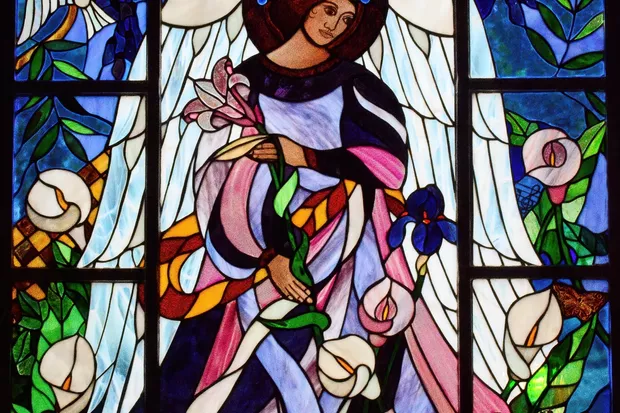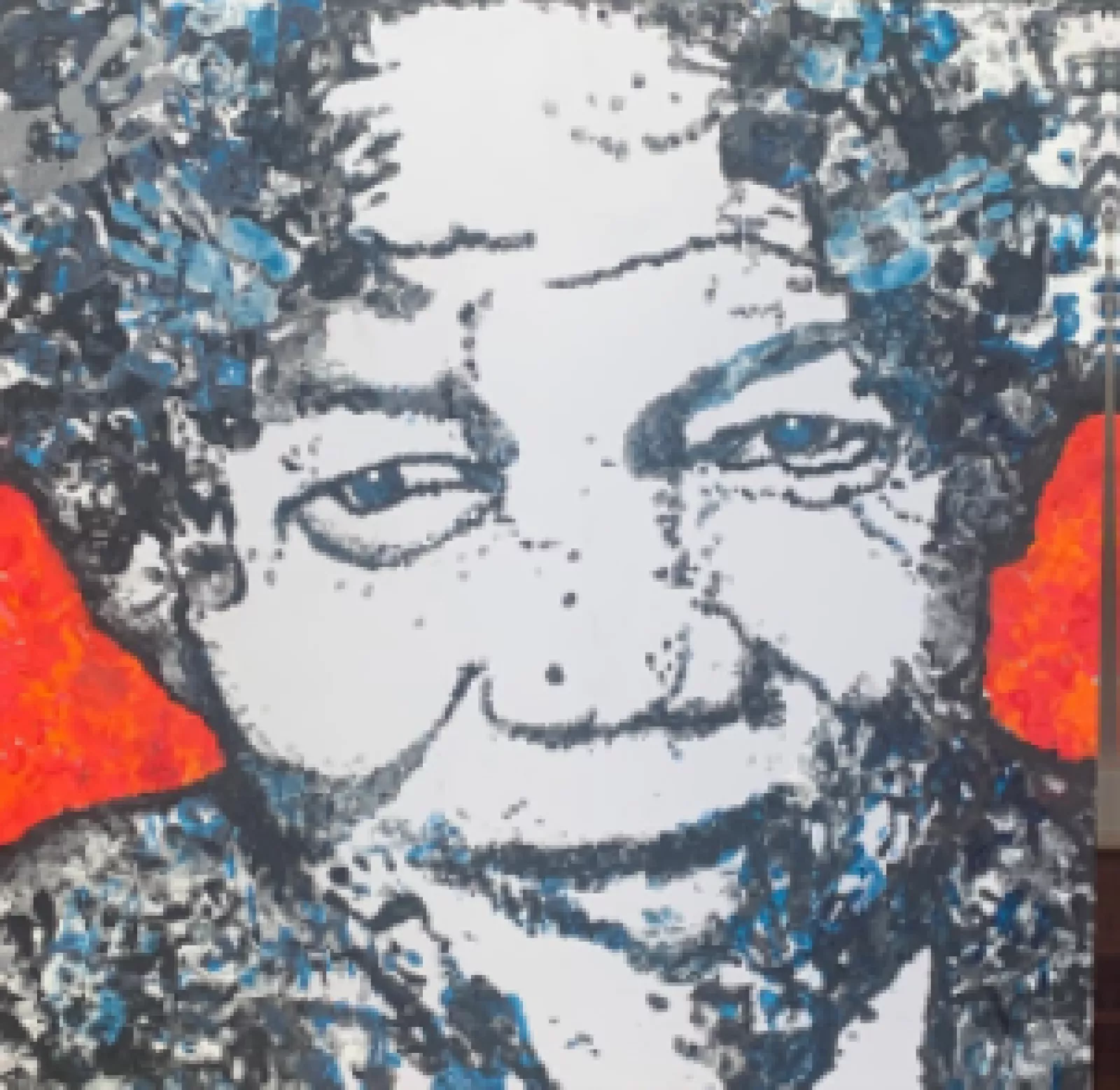From the Junior School head's desk: 21 July 2023
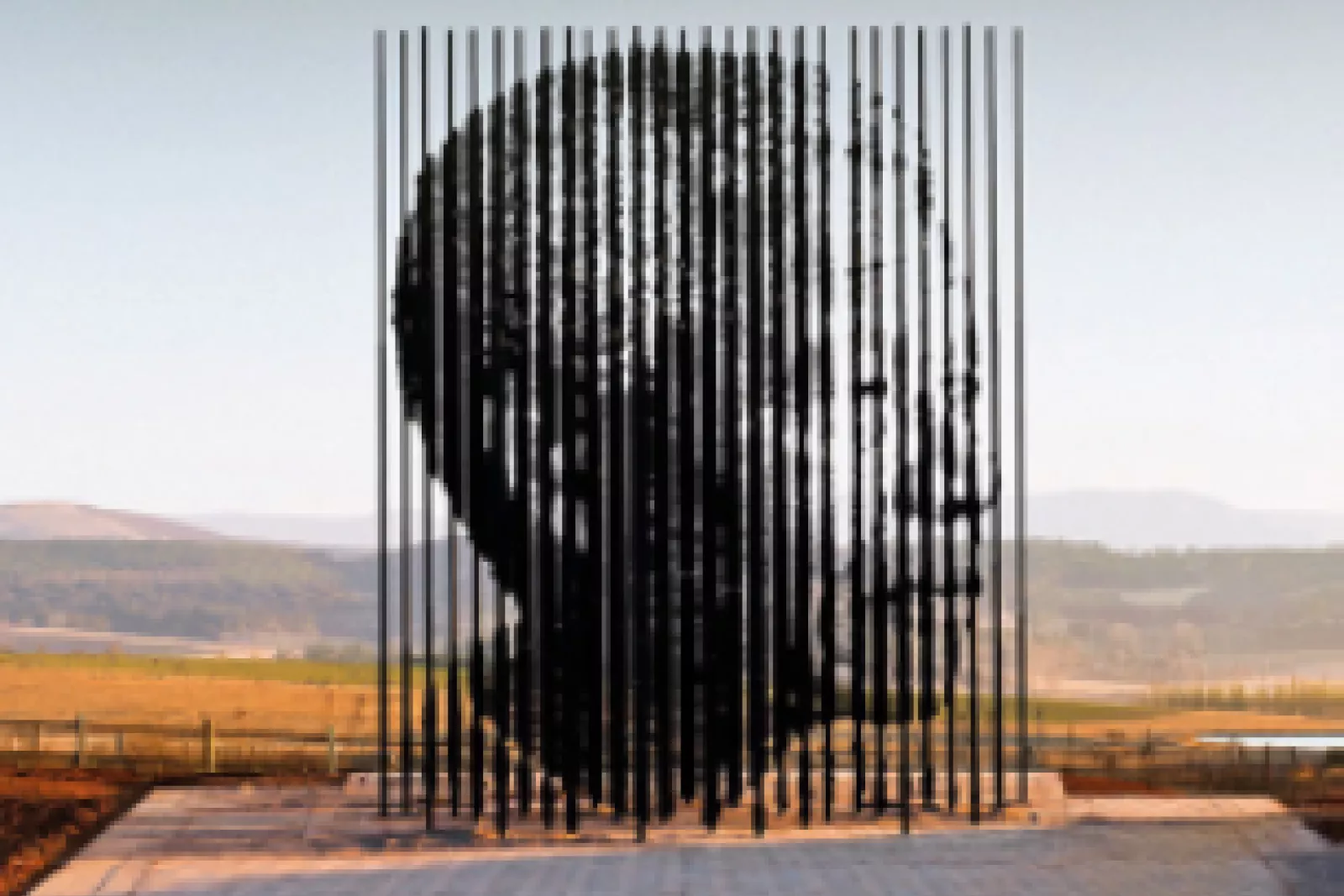
Nelson Rolihlahla Mandela is no stranger to representation: his image has been captured in numerous photographic portraits, paintings, prints, sculptures, statues and monuments around the world. President Cyril Ramaphosa unveiled two new statutes of Mandela this week – not without controversy – in Mthatha and at the Qunu Youth and Heritage Centre, and a wealth of postage stamps and other memorabilia commemorating Mandela’s legacy as an international statesman, nobel laureate and icon of the anti-apartheid struggle
is available for viewing online. Mandela has also been the subject of many articles, academic papers, and books and the recent publication of Johnny Steinberg’s double biography, Winnie and Nelson: Portrait of a Marriage shows that interest in Mandela’s life has not abated.
Mandela will always remain interesting to us in the Junior School for his elevation of the concept of service and the matchless example he set of self-fulfillment through service to the community. Again, for this year’s Mandela Day celebrations, the girls in the Junior Primary recognised the support staff by hosting a gratitude tea in their honour and the Senior Primary girls spent time assembling soup packs for distribution by the Baragwanath Hospital Care Comforts Committee. They also performed in a music concert with the Senior School for the enjoyment of everyone on campus.
The Little Saints children and teachers prepared sandwiches and organised a collection of new socks and beanies for the needy. Their remarkable portrait of Madiba (see above image), made from finger- and handprints under the guidance of our atelierista, Mrs Oldfield-Sammons, was the work of a few days. I was fortunate to be included in the project and, like my fellow mark-makers, felt a rush of recognition when I pulled my focus in and identified my handprint in the composite image.
Some years ago, I visited the Nelson Mandela Capture Site outside Howick in KwaZulu-Natal with my family. The site commemorates the time and place of Mandela’s arrest on 5 August 1962 with its visitor centre and internationally acclaimed interactive sculpture, Release, created by Marco Cianfanelli and Jeremy Rose in 2007, and curated and commissioned by Culture Mechanics, a specialist museum, exhibition, design, and art consultancy.
Described in the journal African Arts as “an extraordinary monument”, the sculpture comprises “fifty discrete black steel components, each between 6.5 and 9.5 meters tall” and “is approached via a paved pathway set between two embankments. […] When the viewer arrives at a spot some 35 meters in front of the sculpture, the work reveals clearly an image of Nelson Mandela’s face in profile, looking towards the west, the side where the sun sets. Then, as the viewer moves closer to the structure, the illusion disappears”.
The fugitive nature of the installation, its ability to conjure and dissolve, makes it into a kind of anti-monument that recalls, metaphorically, Mandela’s heightened visibility to an international audience the moment he disappeared from world view. The sculpture, the largest artwork of its kind in South Africa, achieves many things: among these is its ability to remind us of the fleeting nature of presence, and to make public memory feel personal and intimate. Our Little Saints painting, on a radically reduced scale, and in its own way, achieves something similar; avoiding the twin dangers of appearing trite or overblown, our portrait – the work of many hands – makes one thing clear: if Mandela is there, it’s because we are too.
SARAH WARNER
JUNIOR SCHOOL HEADMISTRESS
Related News
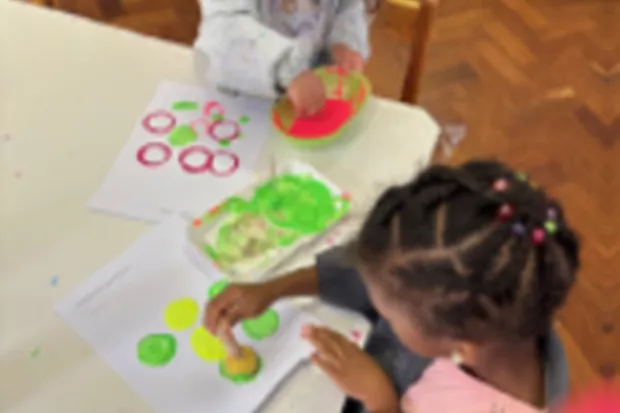
Little Saints News
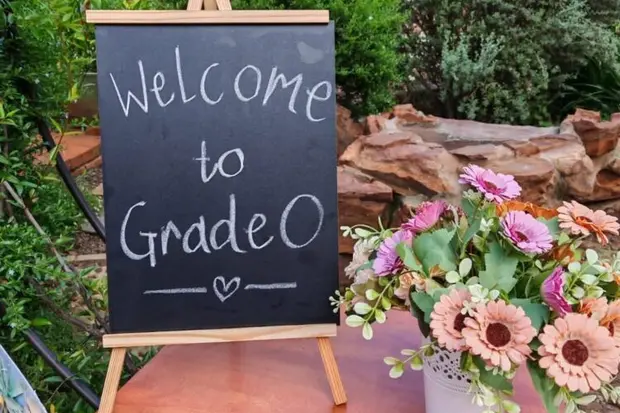
Grade 0 News
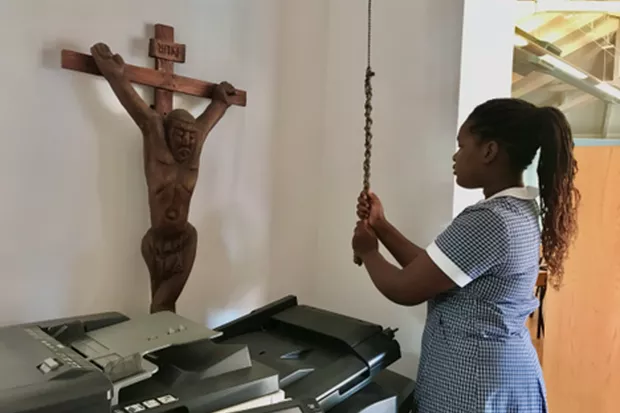
Grade 7 News
